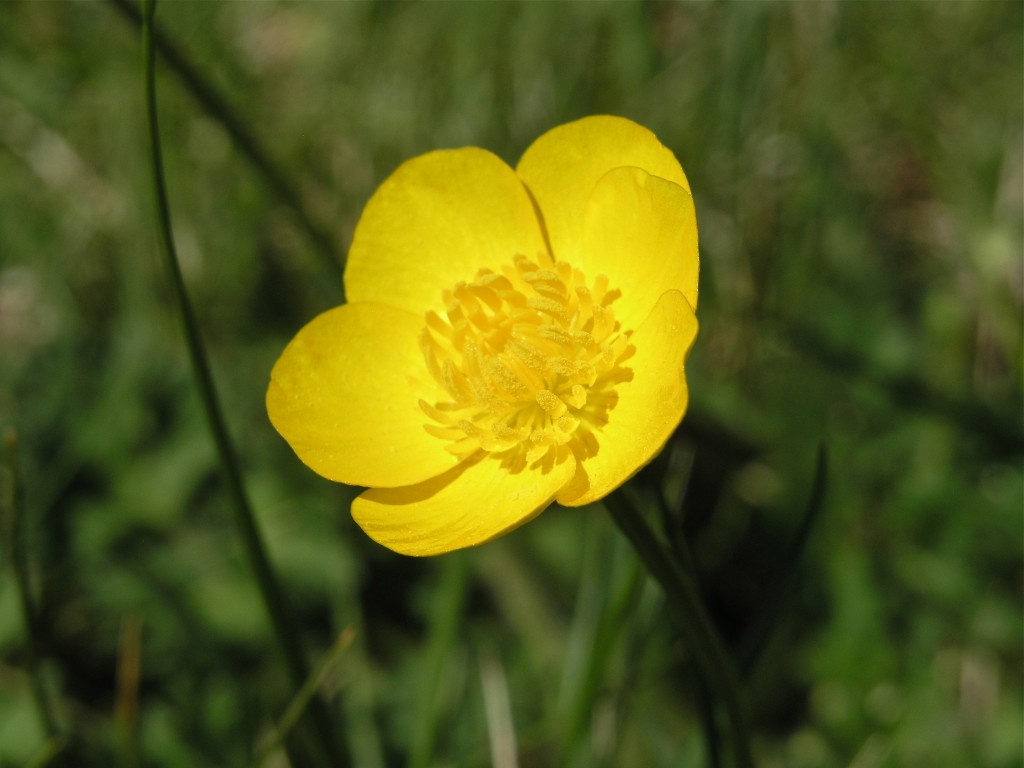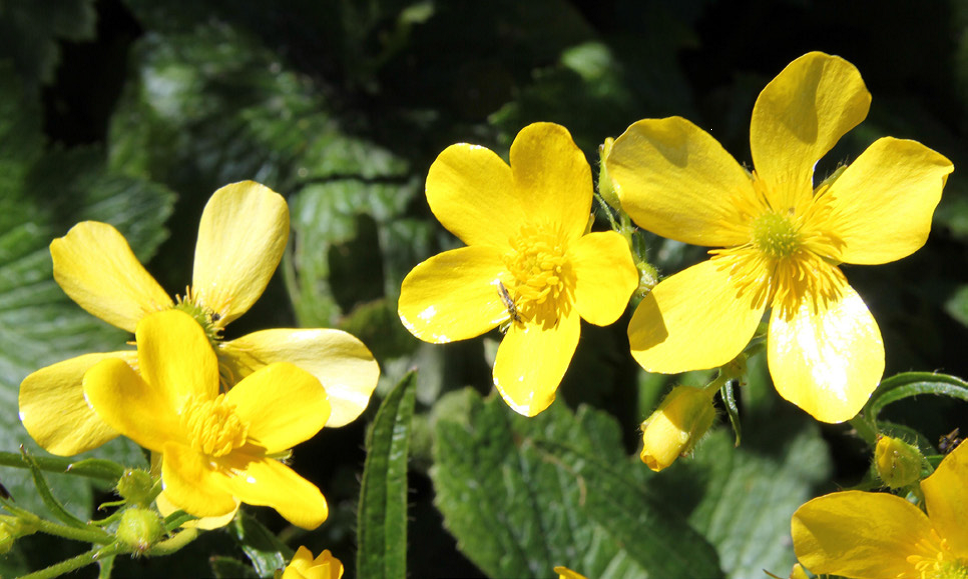

Pigs enjoy the boiled roots with no additives, whereas cattle prefer them mixed with other greens. Boiled ranunculus bulbosus roots make a food for livestock that doubles as a stimulant. The painful nerve condition of sciatica can also be cured using ranunculus bulbosus when used as a tincture. Ranunculus bulbosus has a couple of other beneficial uses. You can also rinse with the ranunculus bulbosus infusion to further help healing. Tender, uncomfortable and aching oral symptoms can benefit from a ranunculus bulbosus infusion made with boiled water and then cooled before drinking. This sneezing can alleviate some headaches.īulbous Buttercup can relieve a sore and painful mouth. If you place a small dab of the plant’s juice into your nose, it can encourage sneezing. The herb can also provide relief from headaches. Ranunculus bulbosus tincture can help lessen the pain and itchiness, as well as reduce the outbreak of blisters and pimples. Bulbous Buttercup works especially well for shingles that are mainly itchy and sore, and on the back or front near the ribcage. Ranunculus bulbosus works mainly on easing the stiffness and pain.īulbous Buttercup is quite helpful in alleviating shingles, which are also known as herpes zoster. This condition is marked by muscle spasms, pain, stiffness and tender areas in the neck, shoulders, hips and spine. When applied directly to the skin, the plant help to ease the symptoms and pain associated with stiffness and joint pain.įibromyalgia, previously known as fibrositis, can also be cured using ranunculus bulbosus. Ranunculus bulbosus is quite beneficial for joints, mainly those distressed with gout and rheumatism. Listed below are few of the health benefits of using bulbous buttercup Although the plant is invasive, tenacious and classified as a weed, it also has some beneficial qualities. Ranunculus bulbosus, a plant that produces an early blooming, bright yellow flower, is also known as the “bulbous buttercup,” crowfoot and St. Stem leaves are also less distinctively lobed than the basal leaves. Stem leaves are generally smaller than the basal leaves and arranged alternately along the stem. As the leaves become more mature, the central lobe occurs on it’s own stalk while the lateral lobes are attached directly to the main leaf petiole. Although the presence of a corm differentiates Ranunculus bulbosus from some other species of buttercup such as Ranunculus acris, the species also has distinctive reflexed sepals.īasal leaves occur on long petioles and are divided into 3 lobes. After the plant dies in heat of summer, the corm survives underground through the winter. The plant has erect, long-branched stem, with tuber at base, lower part hairy, upper part mostly leafless.īulbous buttercup gets its name from its distinctive perennating organ, a bulb-like swollen underground stem or corm, which is located just below the soil surface. The plant has a tuber on the underground part of the stem. The plant is found growing in dry meadows, meadows, grassy rocky outcrops, banks, yards, lawns, dry pastures, grassy slopes, fixed dunes, casually in harbors and normally prefers nutrient-poor, well-drained calcareous soils. It is however, not a true bulb, only ‘bulb-like.’ The common name “blister plant” comes from the blistering that occurs in the mouth and intestinal tract when cattle eat the plant.īulbous Buttercup is a low-growing perennial herb that grows about 1 – 2 ft. The specific name bulbosus refers to the bulb-like swelling at the base of the stem, roundish and white, flattened a little both at the top and bottom, somewhat resembling a small turnip – hence one of the popular names for this plant: St. Bulbous buttercup is known to form tufts. The plant has attractive yellow flowers, and deeply divided, three-lobed long-petioled basal leaves.


Anthony’s Turnip, Blister flower, Bulbous crowfoot, Gowan and Yellow weed. Other common names of this herb includes Crowfoot, Cuckoo Buds, Frogsfoot, Frogwort, Goldcup, Hierba Velluda, King’s Cup, Meadowbloom, Pied-de-Coq, Pied-de-Corbin, Pilewort, Rave de Saint-Antoine, Renoncule Bulbeuse, St. Native to Europe, bulbous buttercup is one of the common names of Ranunculus bulbosus that is a perennial member of the Buttercup Family.


 0 kommentar(er)
0 kommentar(er)
